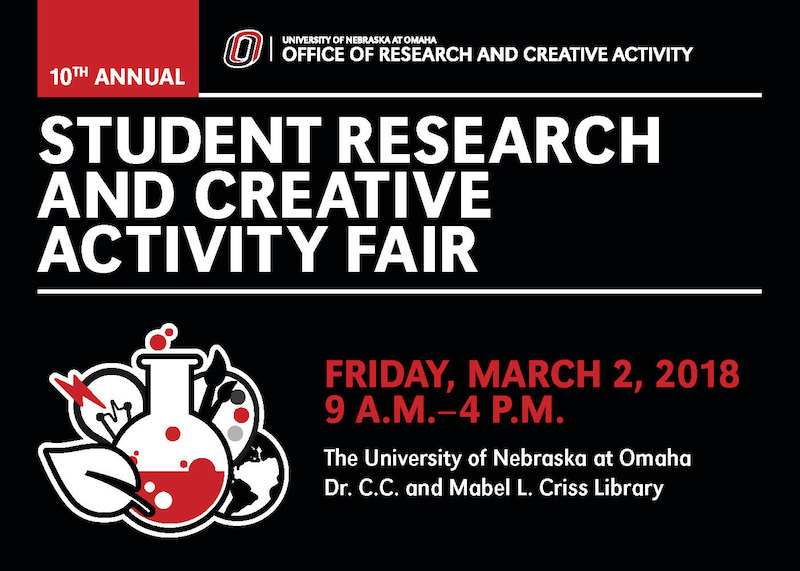
The Bernies: How White Collar Criminals are Malevolently Creative
Advisor Information
Roni Reiter-Palmon
Location
UNO Criss Library, Room 232
Presentation Type
Oral Presentation
Start Date
2-3-2018 9:00 AM
End Date
2-3-2018 9:15 AM
Abstract
Creativity is typically considered beneficial to society, and most of the research has focused on this pro-social side of creativity. However, the products of the creative process are not inherently good or bad. Individuals can generate a creative solution that has unintended negative consequences, and some individuals may even intentionally develop a solution to harm others. This latter type is considered malevolent creativity, or the use of an effective and novel solution to inflict harm or secure gains at others’ expense. A popular area of malevolent creativity research is within terror organizations; however, there are various arenas of crime where creativity emerges. A relatively understudied field, in terms of malevolent creativity, is white-collar crime. Financial crimes carried out by business or government professionals cost an estimated $300 billion dollars a year in loss. These white-collar crimes are motivated to obtain financial gain at the expense of others through deceit, violation of trust, and concealment. Using the framework of malevolent creativity, we can more holistically examine who, how, and why white-collar criminals and crime occur. In this presentation, I will propose a theoretical process model and outline future directions to study malevolent creativity in white-collar criminals.
The Bernies: How White Collar Criminals are Malevolently Creative
UNO Criss Library, Room 232
Creativity is typically considered beneficial to society, and most of the research has focused on this pro-social side of creativity. However, the products of the creative process are not inherently good or bad. Individuals can generate a creative solution that has unintended negative consequences, and some individuals may even intentionally develop a solution to harm others. This latter type is considered malevolent creativity, or the use of an effective and novel solution to inflict harm or secure gains at others’ expense. A popular area of malevolent creativity research is within terror organizations; however, there are various arenas of crime where creativity emerges. A relatively understudied field, in terms of malevolent creativity, is white-collar crime. Financial crimes carried out by business or government professionals cost an estimated $300 billion dollars a year in loss. These white-collar crimes are motivated to obtain financial gain at the expense of others through deceit, violation of trust, and concealment. Using the framework of malevolent creativity, we can more holistically examine who, how, and why white-collar criminals and crime occur. In this presentation, I will propose a theoretical process model and outline future directions to study malevolent creativity in white-collar criminals.
